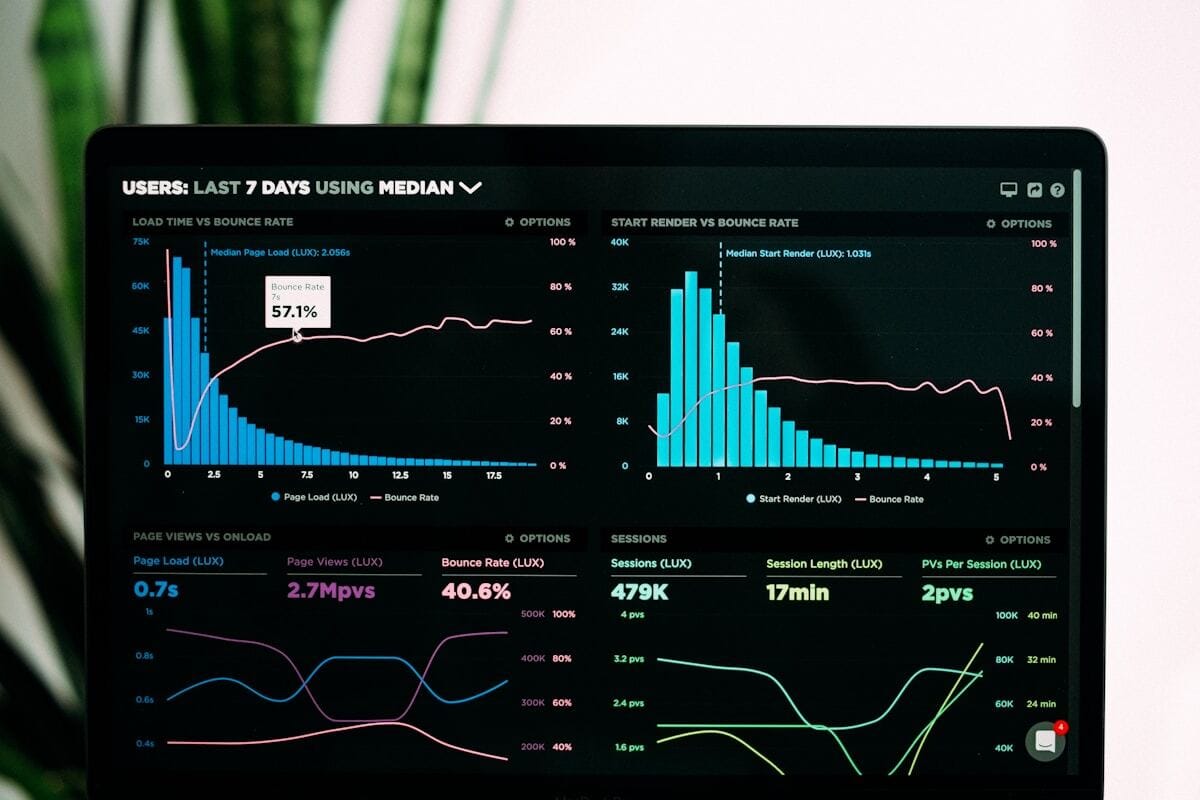Recent industry benchmarks have uncovered a startling performance chasm in the world of digital advertising. A comprehensive meta-analysis of 2024-2025 campaign data reveals that 64% of marketing teams who have deeply integrated AI into their workflows are exceeding their performance goals. In stark contrast, only 44% of their non-AI-adopting counterparts can say the same. This is not a marginal difference; it represents a 7x greater likelihood of outperforming your targets simply by leveraging the right technology. The era of debating AI's relevance is over; we are now in the era of quantifying its impact, and the numbers are unequivocal.
This report moves beyond the abstract hype to provide a strategic framework for capitalizing on this AI performance multiplier. It is not enough to simply subscribe to a new AI tool; true advantage is derived from a fundamental operational shift. This involves reimagining workflows from the ground up, from creative production and testing to real-time budget allocation and audience discovery. We will dissect the specific, data-backed changes that high-performing teams are making and provide a clear financial model to justify the necessary investment in AI-native systems and talent.
The Strategic Framework: Moving from AI-Assisted to AI-Native
The primary distinction between high-performers and the rest of the pack lies in their approach to AI. The laggards view AI as an assistant—a tool for automating menial tasks like writing ad copy variations. The leaders, however, are building AI-native operations, where machine learning is the central nervous system of their entire marketing function.
An AI-native approach is characterized by three core pillars:
Unified Data & Agentic Execution: High-performing teams have broken down data silos. They feed their AI models a constant stream of data from sales, customer service, and product usage, not just ad metrics. This allows the AI to make agentic decisions—autonomously reallocating budget, launching new creatives, and even identifying new market opportunities without human intervention.
Predictive Creative Development: Instead of relying on historical A/B testing data, AI-native teams use predictive models to forecast which creative elements will resonate with specific audience segments before a single dollar is spent. This dramatically reduces creative waste and accelerates the campaign optimization cycle from weeks to hours.
Profitability-Driven Optimization: The most sophisticated advertisers are no longer optimizing for top-line metrics like CPA or even ROAS. Their AI models are fed real-time product margin and inventory data, allowing them to optimize for true profitability. The system understands that a 4x ROAS on a high-margin product is more valuable than a 6x ROAS on a low-margin one, a level of nuance that is impossible to manage at scale manually.

The Financial Case for AI Investment
Resisting the transition to an AI-native model is no longer a strategic choice; it is a financial liability. The 20-point performance gap between AI adopters and non-adopters represents a significant loss of potential revenue and market share. Consider a conservative scenario: a company spending $100,000 per month on advertising. A 20% improvement in performance, driven by AI-powered efficiency and effectiveness, translates directly to an additional $20,000 in value each month, or $240,000 per year. This is not a cost center; it is a revenue-generating investment with a clear and measurable return.
To begin this transition, you do not need to build a data science team from scratch. The first step is to invest in platforms and tools that are built on an AI-native foundation. This means looking beyond simple automation and seeking out solutions that offer predictive analytics, cross-channel data unification, and agentic capabilities.
The data is clear: the window of opportunity to gain a competitive advantage through AI is closing. The 7x performance multiplier is not a statistical anomaly; it is the new reality of performance marketing. The only remaining question is whether you will be on the winning side of the divide.
About This Section
The Editor's Asset provides strategic thought leadership for performance marketers. Each week, we dissect a critical industry trend, providing data-backed frameworks and mental models to help you future-proof your skills and build a sustainable competitive advantage. We focus on the “why” behind the “what,” empowering you to make smarter, more profitable decisions.



